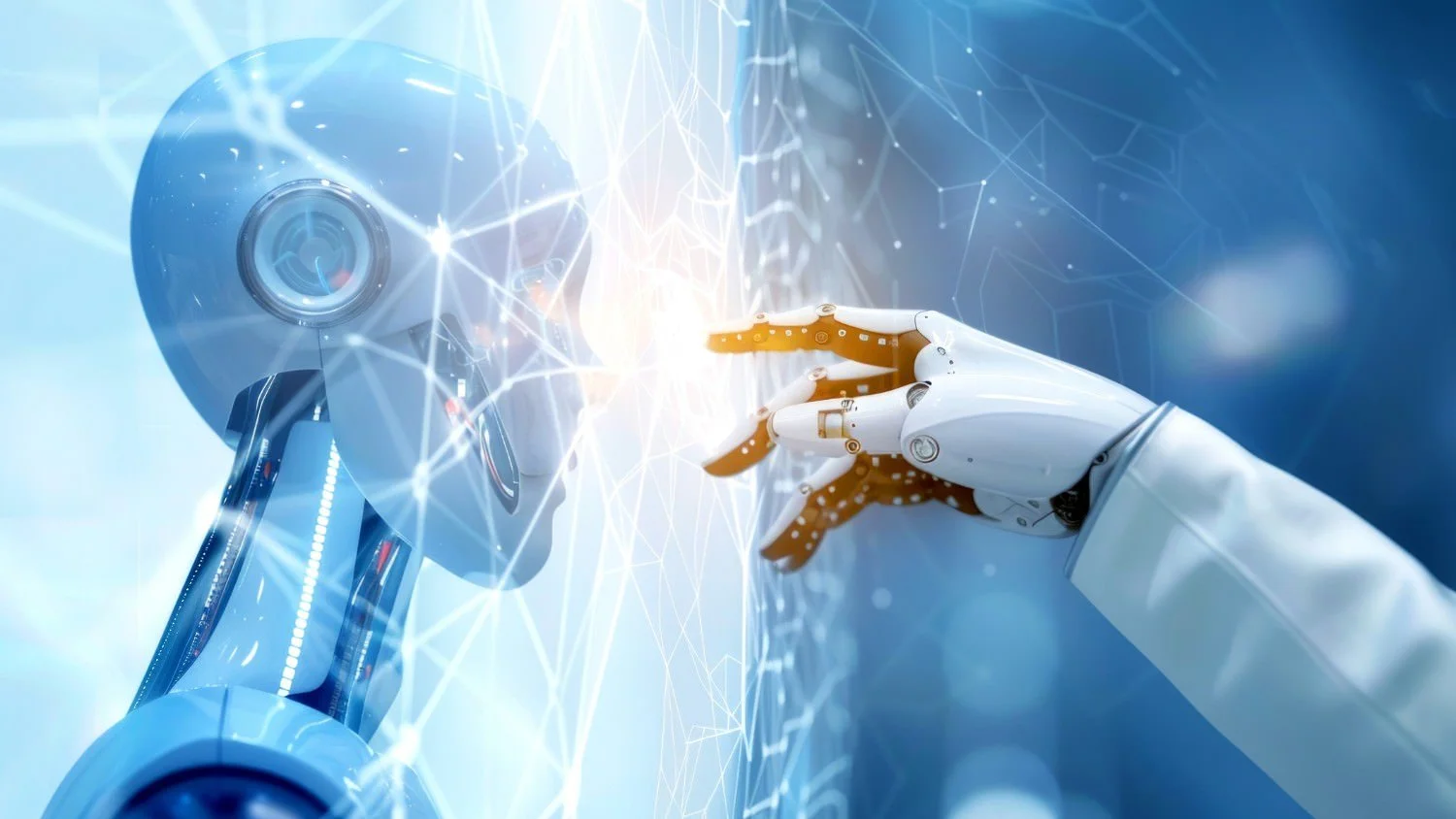How to Explain AI Bias to Teens in Simple Terms
AI tools like ChatGPT, image generators, and recommendation systems are everywhere. But here’s what most people (including many adults) don’t realize: AI can be very biased.
Explaining this to teens doesn’t have to be complicated. A few simple examples can help them understand what AI bias is, why it happens, and how to think critically about the information AI gives them.
What AI Bias Actually Means
Bias in AI means the system sometimes favors certain answers, groups, or perspectives over others…even if that wasn’t the goal.
It doesn’t mean the AI is “evil” or “lying on purpose.” It usually happens because:
AI learns from data created by humans (and people have biases).
The data might overrepresent some voices and ignore others.
AI can repeat patterns in the data without knowing they’re unfair.
Example:
If an AI learns from mostly English websites, it might give better answers in English than in other languages. That’s bias caused by the data, not the AI making a choice.
3 Ways to Teach Teens About AI Bias
1. Use Everyday Examples They Know
Relate AI bias to things teens already see online.
Action Tip:
Show them how social media suggests similar videos or posts based on what people watch most.
Explain: “If certain voices or topics are more common, AI may keep showing them, even if they’re not the full story.”
Example:
TikTok might recommend one style of music or fashion over others because it sees that trend in the data, not because it’s the “best” one.
2. Compare Two AI Tools
Have your teen ask the same question in two different AI tools (like ChatGPT and Google Gemini).
Action Tip:
Compare the answers together.
Ask: “Do they sound the same? Is one leaving out something important?”
Example:
They ask, “What’s the best college major?” One AI says engineering, another lists a variety. This shows how different data or priorities can shape answers.
3. Teach Them to Ask Follow-Up Questions
AI answers shouldn’t be the final word. Encourage teens to dig deeper.
Action Tip:
After an AI response, have them ask:
“What other perspectives are there?”
“Where did this information come from?”
“Is there anything missing?”
Example:
If AI gives one explanation for a historical event, they can ask, “What do other historians say?”
Why This Matters for Teens
Understanding AI bias teaches kids to:
Think critically about what they read online.
Cross-check information instead of believing the first answer.
See AI as a tool, not a truth-teller.
This is especially important for schoolwork, research projects, or forming opinions about real-world events.
Quick Wrap-Up
AI bias isn’t about bad robots…it’s about the data AI learns from.
By showing teens real-life examples, comparing tools, and encouraging follow-up questions, they learn to use AI responsibly and thoughtfully.
The goal isn’t to scare them away from AI…it’s to help them think before they trust.
